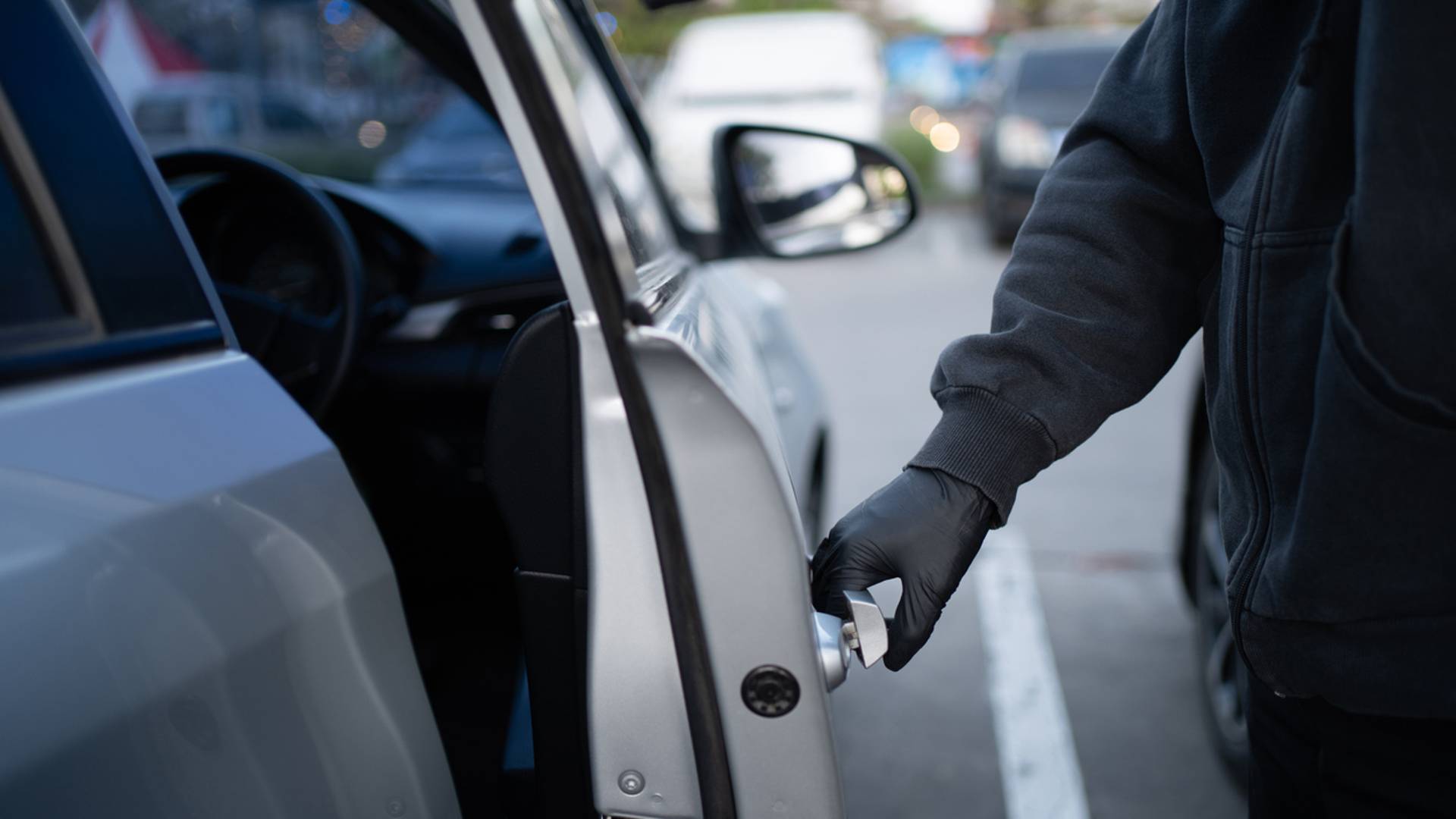Leaving the Scene of an Accident
Leaving the scene of an accident, also known as Hit and Run, is a criminal offense committed when the driver of a vehicle leaves the scene of an auto accident without immediately stopping and exchanging driver information with the other party or rendering reasonable assistance when the accident involves death or injury. A driver is required to immediately stop whenever there is an accident, even if the driver leaving the scene was not at fault or there was no damage or injury. This is the law in most states, including California. Leaving the scene of an accident (Hit and Run) can be charged as a misdemeanor or felony in California. Misdemeanor Hit and Run involves property damage whereas felony Hit and Run involves injury or death.
Misdemeanor Hit and Run
Misdemeanor leaving the scene of an accident law contained in California Vehicle Code section 20002 involving property damage requires drivers to do the following:
- Immediately stop at the scene of the accident;
- Immediately provide the owner or person in control of the damaged property with your name and current address or provide the name and address of the car's registered owner if you were not the owner of the car you were driving; and
- Provide the other party with your driver's license and vehicle registration information upon request.
If property is damaged such as a parked car or other type of property (telephone post, stop sign, or parking meter) and there is no one around, the driver must leave the driver information contained in a note along with the circumstances of the accident on the damaged vehicle or property. The driver is also required to file a police report and inform the nearest California Highway Patrol.
Felony Hit and Run
Felony Hit and Run law regarding death or injury is contained in California Vehicle Code section 20001 and requires drivers to do following:
- Immediately stop at the scene of the accident;
- The driver must provide to the other party or any on-scene police officers his or her name and current address, driver's license, vehicle registration number, name and address of the car's owner;
- Provide reasonable assistance to any person injured in the accident; and
- Report the accident within 24 hours to nearest police department or the California Highway Patrol.
Penalties
Hit and Run involving property damage is a misdemeanor in California punishable by up to 180 days in county jail, three years of informal probation, court fines up to $1000 plus penalties, and restitution to the victim.
A Hit and Run involving injury ordeath is a "wobbler" in California meaning it can be charged as a misdemeanor or felony depending on the seriousness of the injuries and the defendant's prior criminal history. It is punishable by up to one year in county jail as misdemeanor or 16 months to three years in state prison as felony, fines of $1000 to $10,000, and restitution to the victim. A Hit and Run conviction in California adds two points to your driving record, which leads to higher insurance premiums and potentially a license suspension if you have other vehicle code violations. Note: A misdemeanor or felony conviction for Hit and Run with injury or death comes with a license suspension for at least one year. (California Vehicle Code section 13350)
Don't Talk To The Police Until You Speak With An Attorney
Law enforcement may suspect your car was involved in a Hit and Run and contact you or come to your home to interview you about the accident. Anything you say to them can be used to charge you with a Hit and Run. Do not lie to the police. It will only make matters worse. Do not file a false police report claiming your vehicle was stolen. If you are being investigated or charged with leaving the scene of an accident Los Angeles, contact a Hit and Run attorney at Stephen G. Rodriguez & Partners immediately and learn about your legal options and how we can help you.

